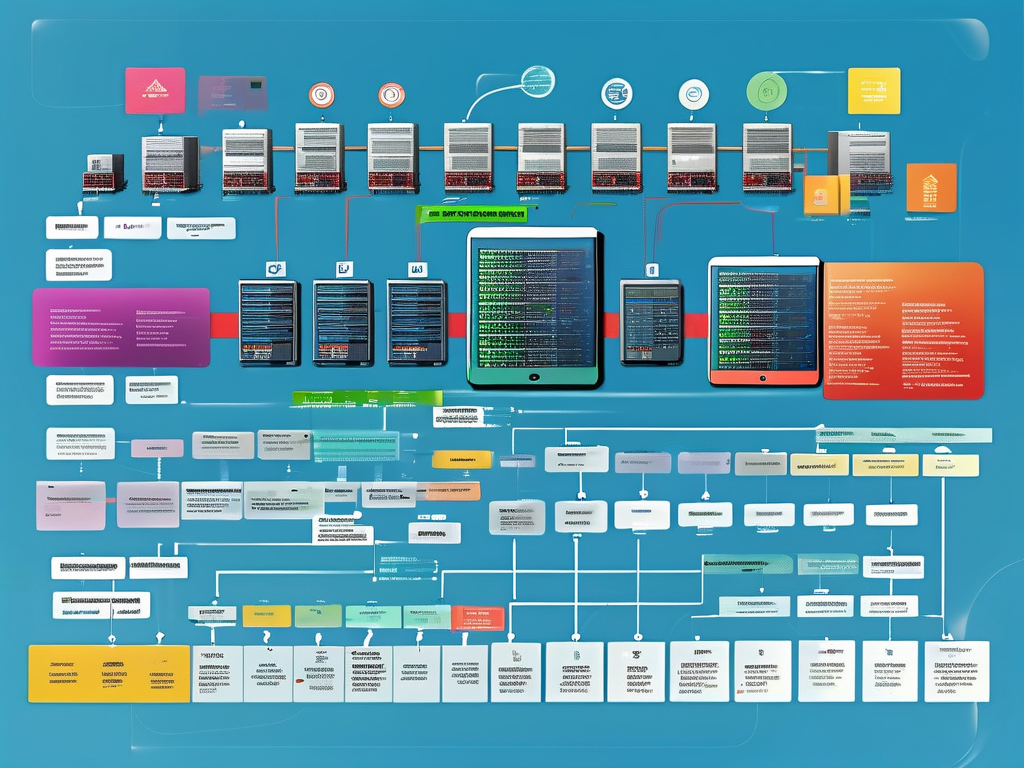In today’s rapidly evolving technological landscape, organizations are increasingly adopting hyper-converged infrastructure (HCI) to streamline process automation. This approach combines computing, storage, and networking into a unified system, reducing operational complexity while enhancing scalability. For teams aiming to deploy automation workflows within an HCI environment, following a structured methodology is critical to achieving efficiency and minimizing downtime. Below, we explore the essential steps for implementing a robust automation framework using hyper-converged systems.
Understanding the Foundation
Before diving into deployment, it’s crucial to assess existing infrastructure and automation goals. Hyper-converged platforms integrate virtualization, software-defined storage, and management tools, making them ideal for automating repetitive tasks such as resource provisioning, workload balancing, and disaster recovery. Organizations must first identify which processes will benefit most from automation—common candidates include data backup, VM deployment, and network configuration.
Step 1: Environment Preparation
Begin by validating hardware and software compatibility. Hyper-converged solutions rely on standardized nodes, so ensure all servers meet vendor specifications for CPU, memory, and storage. Update firmware and drivers to avoid conflicts during integration. Next, configure the underlying hypervisor (e.g., VMware vSphere or Nutanix AHV) to support automation APIs. For example, using PowerShell or Python scripts to interact with VMware’s PowerCLI can help automate VM creation and resource allocation.
Step 2: Deploying the HCI Cluster
Install the hyper-converged software across designated nodes, ensuring proper network segmentation for management, storage, and VM traffic. During cluster initialization, enable features like deduplication and compression to optimize storage efficiency—a key advantage of HCI. Automation tools like Ansible or Terraform can expedite this phase by scripting node discovery and cluster formation. For instance, a Terraform template might define node roles and storage policies programmatically, reducing manual configuration errors.

Step 3: Integrating Automation Tools
With the HCI cluster operational, integrate process automation platforms such as Jenkins, Kubernetes, or vendor-specific solutions like Cisco Intersight. These tools orchestrate workflows across hybrid environments, enabling tasks like auto-scaling applications or patching systems. To illustrate, a Kubernetes operator could automate container deployment based on real-time workload demands, while Jenkins pipelines might handle CI/CD processes tied to HCI resource pools.

Step 4: Policy-Based Governance
Establish automation policies to ensure compliance and security. Define role-based access controls (RBAC) to restrict unauthorized changes to automated workflows. Additionally, implement monitoring solutions like Prometheus or Datadog to track performance metrics and trigger alerts for anomalies. For example, if an automated VM deployment exceeds predefined CPU thresholds, the system could automatically redistribute workloads or notify administrators.
Step 5: Testing and Optimization
Before full-scale rollout, conduct rigorous testing in a staging environment. Simulate failure scenarios—such as node outages or network latency—to evaluate how automation workflows respond. Use A/B testing to compare the efficiency of scripted tasks against manual interventions. Continuous optimization is equally vital: refine automation scripts based on performance data and user feedback. Tools like Git version control can help manage iterative improvements to automation codebases.
Addressing Common Challenges
While HCI simplifies automation, challenges like vendor lock-in or skill gaps may arise. To mitigate these, adopt open-source automation frameworks where possible and invest in cross-training IT teams. Additionally, ensure documentation is thorough and accessible, covering troubleshooting steps for automated processes.
Deploying process automation within a hyper-converged infrastructure demands careful planning but delivers significant rewards—agility, cost savings, and reduced human error. By following these steps, organizations can build a future-ready automation ecosystem that scales with business needs. As HCI and AI-driven automation evolve, staying adaptable will remain key to maintaining competitive advantage.




